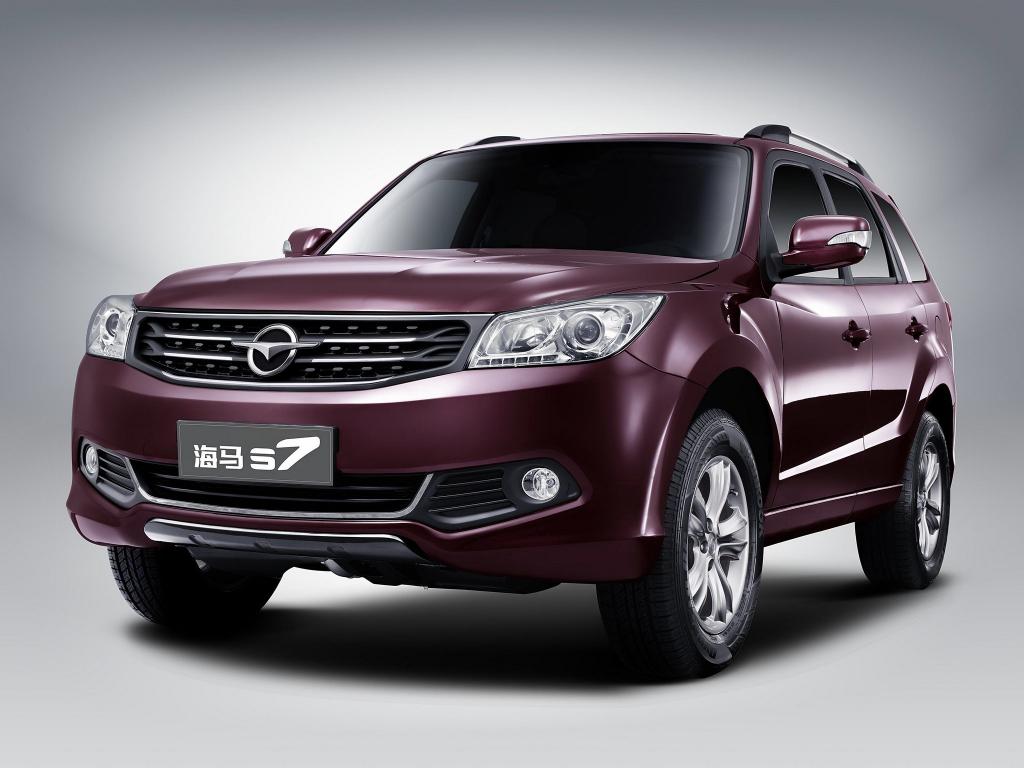New car models were displayed in the recent iteration of the national auto show held in Tehran.
Many of the cars were from the usual suppliers, with models not varying from the usual staple of small to medium sedans. However, one sector has grown in terms of diversity and popularity—the Sports Utility Vehicle or Crossover as it is more commonly known in Europe.
Iran, particularly Tehran and other metropolitan cities, until recently were immune from the wider trends across the Middle East and North Africa regions, especially the huge growth in demand for vehicles with high chassis.
However, at present, demand for the long-favored medium sedan made by Iranian carmakers and through complete knocked-down kits seems to be on the wane.
With the introduction of cheaper, larger Chinese SUV brands, with names like Haval, Haima and Tiggo to name some, the growth in the sector is expected to continue in the coming years.
International business analytics companies have witnessed this and maintain that as the lifting of sanctions is fully finalized, the auto industry will expand.
Business Monitor International forecasts passenger car sales’ growth of 20% as more brands enter the market and consumers take advantage of an unprecedented level of variety, including for SUV.
This would reach 1.8 million units—a new high for Iran and a reflection of real growth rather than just a return to pre-sanctions levels.
By 2017, the volumes are expected to surpass 2 million units, with an improved economy and favorable demographics adding to the choice of brands as key drivers of growth.
The growth in variety was evident in this year’s auto show with stands from companies such as Diar Khodro exhibiting the growth in appeal.
Diar’s push from their previous attempts to go for the hybrid and electric market of last year to the slightly more upmarket SUV clients notes a shift in their strategy and a nod to changing consumer demands.
Tehran is not likely to become another foreign city, with large, luxury SUVs storming down the highways; that segment of the market belongs to the top 5% of the country’s wealthy. Vehicles like the Toyota Prado and the oversized Lexus have over 100% tax levied on them and will likely see a smaller growth than counterparts in the lower price range.
But the growth in demand this year points to a wider change in consumer preference and with the growth in GDP projected over the next two years, firstly by 4.5% this year and 5.4% in 2017, the likelihood of this sector becoming the key area of growth for car assemblers is certain.
However, this shift in “buying bigger” is not visible in related segments of the domestic car market; demand for MPVs or “family wagons” remains weak, as these also constitute less than 5% of the cars, according to a local dealer in premium foreign brands.
Ultimately, with the shift in spending habits, it is understandable that the local assemblers will chase the new and growing segment of the population–the young urban parents in the upper middle class.


